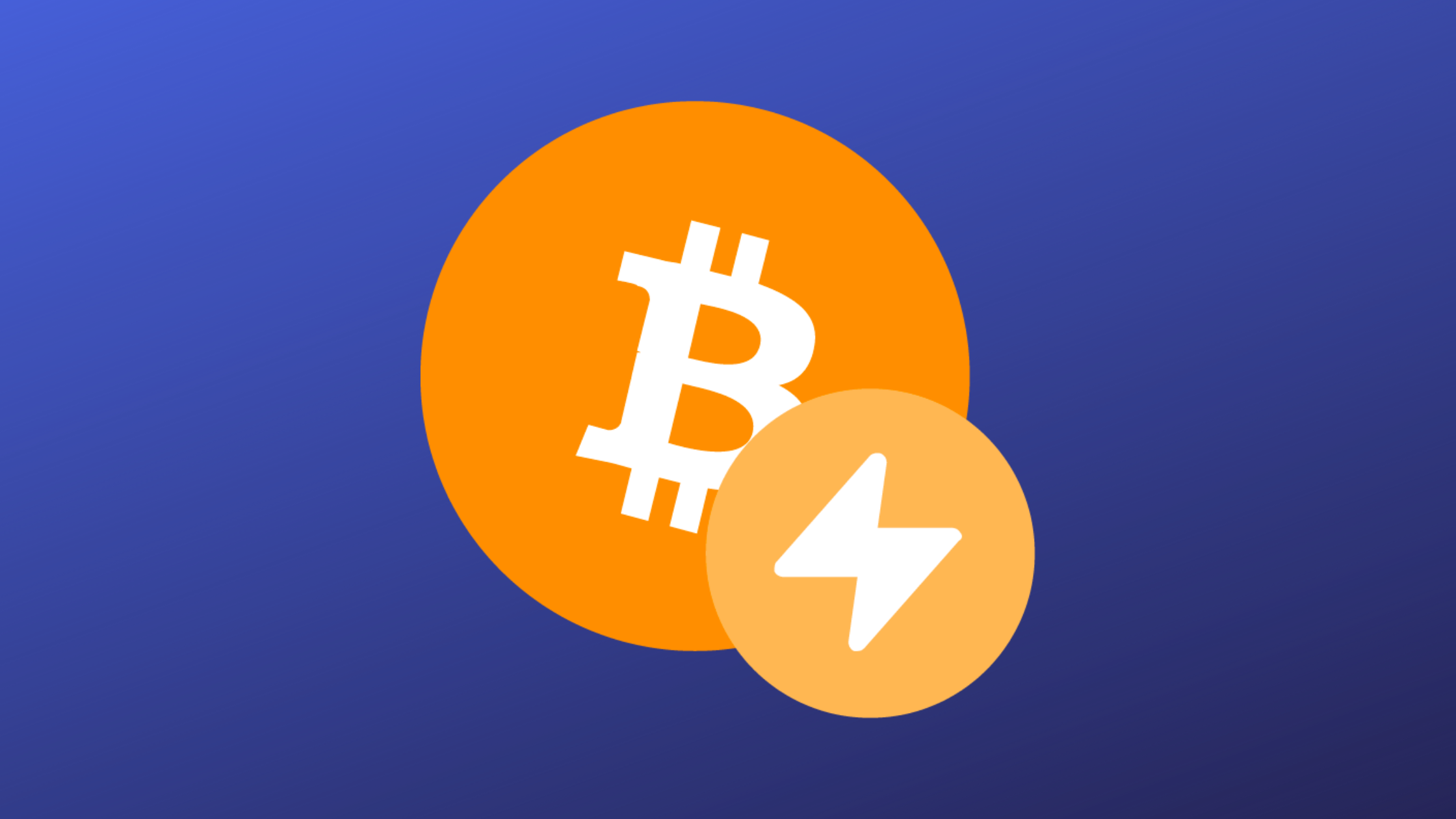
What is the Lightning network
The Lightning Network is a second layer on top of the Bitcoin network based in state channels that allows for fast and efficient transactions. This network uses routing techniques and payment channels to allow users to transact with each other without the need for confirmation from the Bitcoin main network. This makes it possible to use Bitcoin for quick and efficient microtransactions, opening the door to a wide range of new uses for the cryptocurrency.
The Lightning Network was developed as a solution to one of the main problems affecting the Bitcoin network: congestion. The high demand for transactions on the network meant that many of them were stuck in queue for hours or even days, making it difficult to use Bitcoin for fast and efficient payments. The Lightning Network is based on the idea of creating payment channels between two users who wish to transact with each other frequently.
To create a payment channel, users deposit a certain amount of Bitcoin into a multisig address that requires the signature of both users to spend the funds. Once the channel is created, users can transact with each other instantly and without the need for confirmation from the Bitcoin main network. These transactions are recorded in a private ledger for the payment channel, but are not included in the blockchain until the channel is closed.
When users want to close the channel, they can do so cooperatively by signing a transaction that includes all the operations performed in the channel and sending it to the Bitcoin main network for confirmation. If users cannot reach an agreement, they can use a non-cooperative closing mechanism that allows one of them to close the channel unilaterally, receiving the entire amount of funds deposited in the multisig address.
In addition to allowing the use of Bitcoin for fast and efficient transactions, the Lightning Network also brings improvements in terms of security and scalability. By using payment channels, the Lightning Network allows users to perform a large number of transactions with each other without the need for confirmation from the Bitcoin main network for each one. This makes the network much more scalable and capable of processing a large number of transactions simultaneously.
Furthermore, by using multisig addresses, the Lightning Network makes transactions more difficult to forge. This increases the security of the network and makes it harder for users to suffer losses due to fraud or cyber attacks.
Another advantage of the Lightning Network is that it allows the implementation of new solutions on top of its network. For example, solutions have been developed that allow users to exchange value between different cryptocurrencies quickly and efficiently, using the Lightning Network as an intermediate layer. This allows users to benefit from the speed and efficiency of the Lightning Network while maintaining the ability to use different cryptocurrencies according to their needs.
In summary, the Lightning Network is a second layer on top of the Bitcoin network that allows for fast and efficient transactions. This network uses payment channels and multisig addresses to allow users to perform a large number of transactions with each other without the need for confirmation from the Bitcoin main network for each one. This makes it possible to use Bitcoin for quick and efficient microtransactions, opening the door to a wide range of new uses for the cryptocurrency. In addition, the Lightning Network brings improvements in terms of security and scalability, and allows the implementation of new solutions on top of its network.

Comments